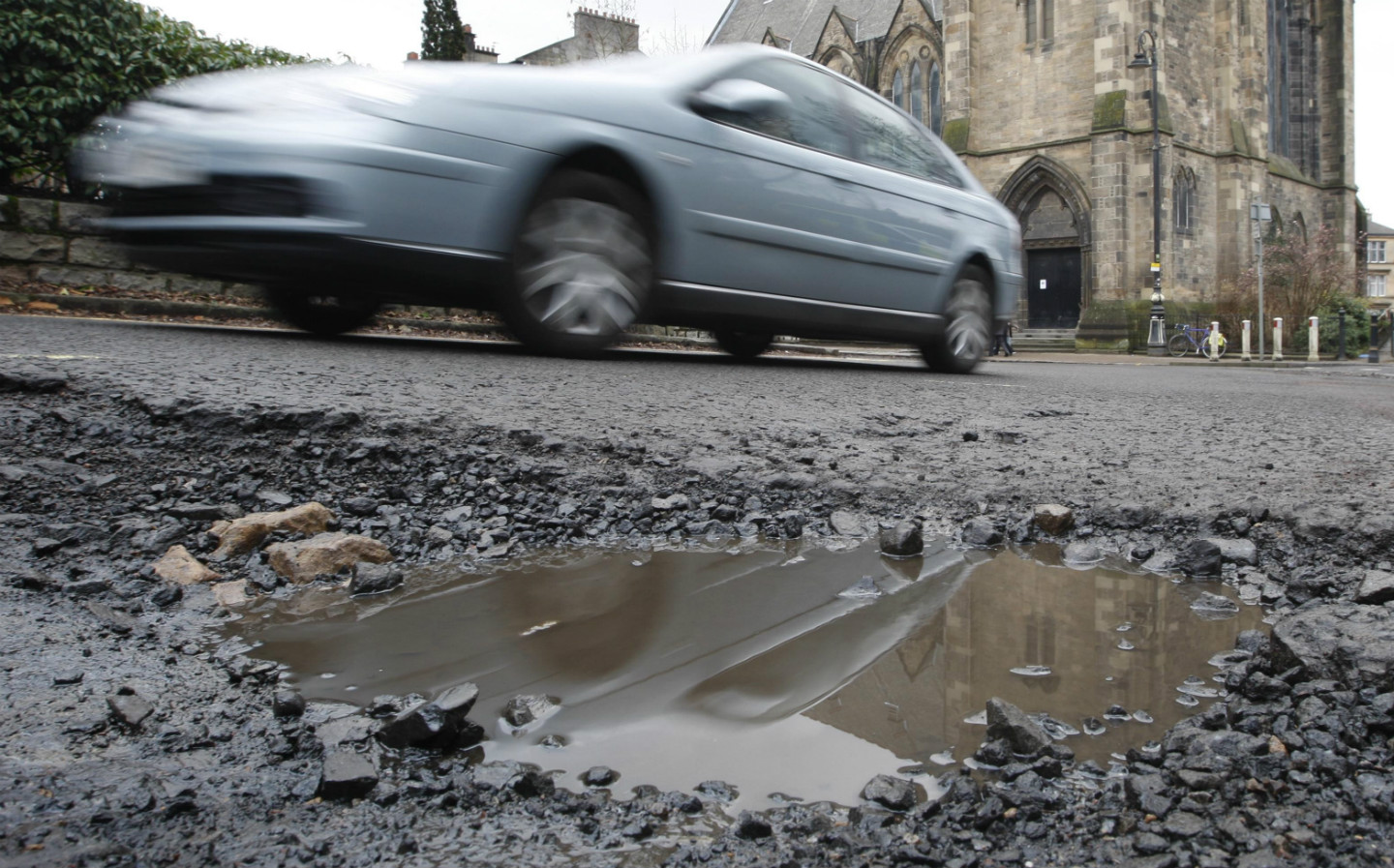Pothole damage to cars doubles in first three months of 2018
"Councils are likely to need more support from the government"
THE NUMBER of cars damaged by potholes has almost doubled since the start of the year, adding to anger over Britain’s crumbling roads.
Figures from the RAC show that it was called out to 5,540 vehicle faults linked to substandard road surfaces in the first three months of 2018. That was up from 2,841 in the previous three-month period, although it was less than for the comparable time at the start of 2017.
The RAC said that the number of pothole-related call outs between January and March this year was the third highest quarterly total since it started collecting data 12 years ago. It warned that there could be far worse damage to cars over the spring as cash-strapped local councils try to clear a backlog of repairs to the roads caused by bad weather over the past few months.
Browse NEW or USED cars for sale
Potholes typically form when water enters cracks and freezes, causing the surface to disintegrate. It is feared that roads that were already in a terrible state have deteriorated significantly since the “Beast from the East” hit at the end of February and start of March.
Councils receive more than £1 billion a year in direct central government funding to maintain roads. A study last month said that councils had an annual shortfall of £5.6 billion and needed £9.3 billion to plug every pothole on local roads in England and Wales.
David Bizley, RAC chief engineer, said: “Few would disagree that the harsh cold weather experienced over the last three months has led to a further deterioration of road surfaces . . . We know that many local authorities will be even more stretched in the new financial year and therefore having to deal with the effects of very poor weather in February and March will be a very unwelcome hit on their maintenance budgets.”
The study found that harm likely to be caused by potholes such as damaged shock absorbers, broken suspension springs or distorted wheels accounted for 2.3 per cent of RAC callouts in the first quarter of this year. It was the third highest rate since 2006. The first three months of 2015 and 2017 were worse.
Martin Tett, of the Local Government Association, said: “Councils are likely to need more support from the government as the full extent of the repairs needed after the recent winter weather has been made known.”
The Department for Transport said: “We are investing £23 billion on our roads including providing local councils with record funding to fix potholes and stop them forming in the first place. We are also undertaking trials, using innovative technology, including fixing cameras to refuse collection vehicles lorries, to help ensure potholes are recorded and repaired.”
Graeme Paton
This article first appeared in The Times
Video: This is how potholes are formed … and how they’re repaired





